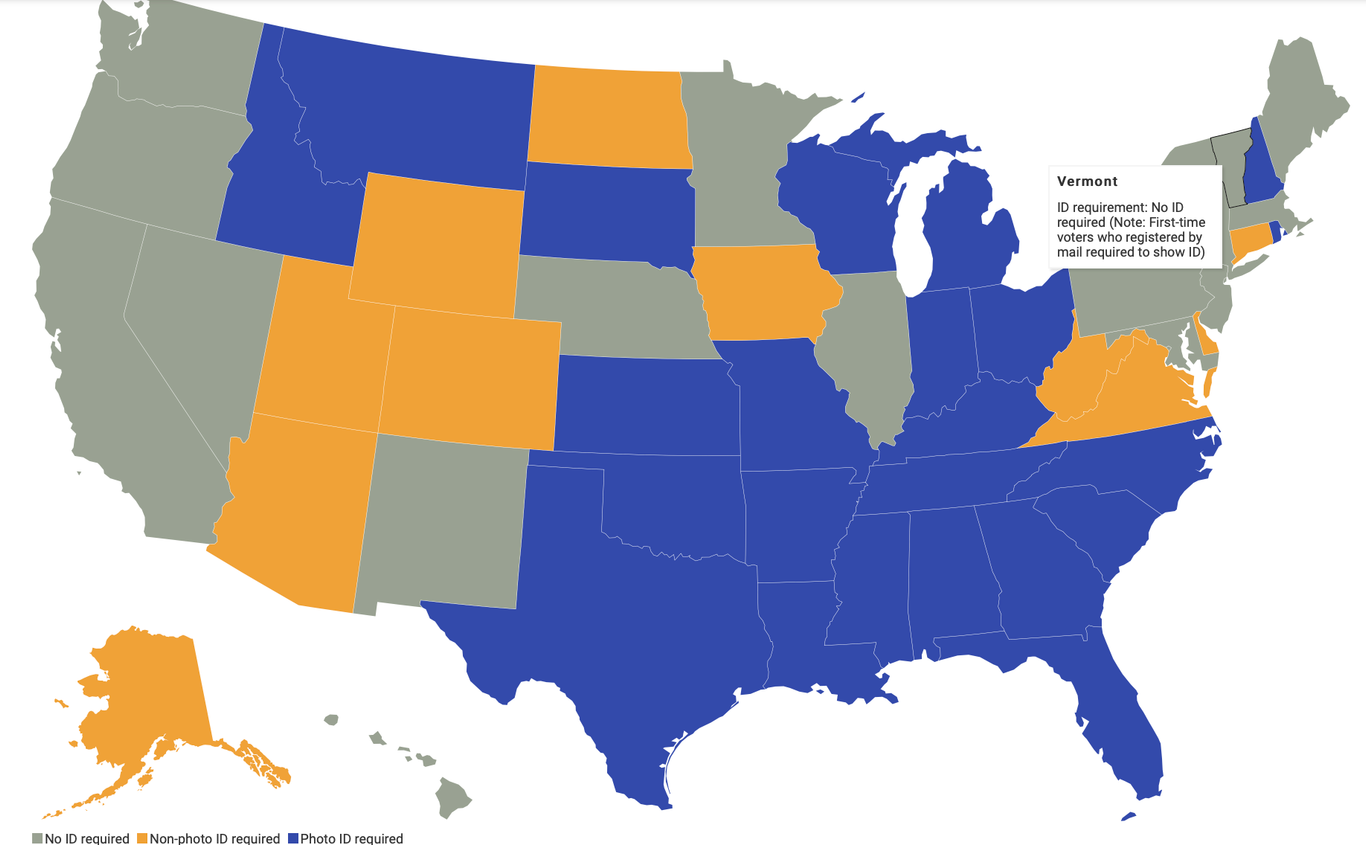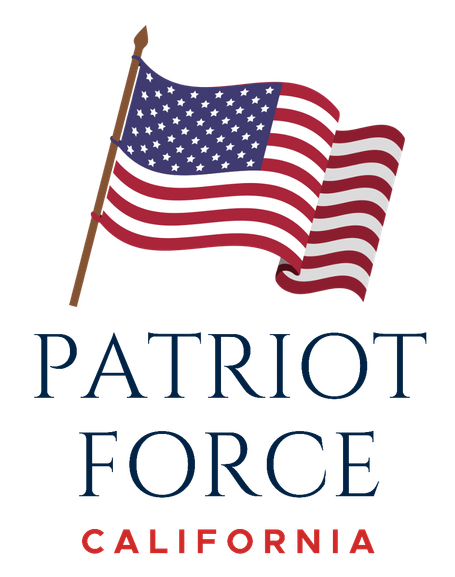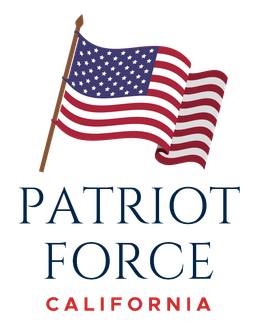Trustworthy Election Model
What is the model for a Trustworthy Election System?
Ideally, a Trustworthy Election System should guarantee both verifiability (the ability to prove that the counted vote matches the submitted ballots) and privacy (the inability to link the contents of a vote with the voter who cast it).
Ultimately, the following requirements are what we need to achieve in order to return the elections back into the hands of We the People:
- Voter ID
- Local Control of Registrations
- One Day Voting
- Absentee Voting Restrictions
- Hand Counting at Local Precincts
- Precincts Under 1,000 Voters
- Increased Penalties for Fraud
Voter ID
We are commonly required to provide proof of identification when traveling by plane, buying certain goods, applying for government services, obtaining a library card, and even adopting a pet. Identification should also be required to vote in California because it protects a citizen’s right to have their ballot cast and counted as required by California Constitution Section 2.5.
Currently 33 states require some form of identification to vote. The map below highlights which states require a Photo ID, Non-Photo ID, and which do not require any ID to vote. Requiring a Photo ID to vote in our elections is the MOST SECURE method of guaranteeing the person casting a ballot is the actual voter on record.

Local Control of Registrations
Every County is connected to the State voter roll management system called VoteCal. When a County makes a change to a registration record, VoteCal is automatically updated and vice versa.
So why is that a concern?
There are multiple ways to register to vote in California. Currently there are 29 different ways your registration record can be initiated or updated. Many of these include actions taken at the DMV, registration drives, polling place, the Registrar of Voters’ office, Secretary of State website, fax (military and overseas voters), and more. Registration roll maintenance should ultimately be done at the county level in order to eliminate vulnerabilities of the many systems and organizations that have a direct connection to these databases.
Department of Motor Vehicles (DMV)
In California, there are 9 ways to register to vote through the DMV under an opt-in program that will automatically register someone to vote while obtaining/updating a driver’s license or State ID. Many do not know they have been registered or that they have the right to opt-out. At least 6 methods of updating a voter registration at the DMV has no human interface; meaning the use of a self-service kiosk, website, or mail. This leaves multiple avenues for ineligible voters to be registered. In addition the DMV has access to directly register people to vote, so do other government agency offices like Social Security or Welfare offices.
Non-Governmental Organizations (NGO)
NGO’s also have access to directly register individuals to vote. As of the latest publication by the State there are 8 of them: Citizens for a Sound Government, Fenton and Los Angeles, Konnech, Inc., NextGen Climate Action, Rock the Vote, Trilogy, TurboVote, and UCLA. Current law does not allow for transparency of which voters were registered by these organizations.
Help America Vote Verification (HAVV)
When registrations are completed without any driver’s license or State ID information, Help America Vote Act of 2002 (HAVA) mandates the verification of the name, date of birth, last four SSN digits, and any information recorded into the SSA’s records regarding the death of an individual. The HAVV system was created as a result of HAVA and is used to enable jurisdictions to ensure accuracy of new registrations. California ranked the worst for registering voters that cannot be matched. Since January 2011, there have been over 8.8 million submissions to the SSA of which 75.5% (6.6 million) records did not match.
New and updated voter registrations should take place directly at the local level to prevent ineligible voters from being registered.
One Day of Voting
For hundreds of years, America has had one day of voting. Today in California, we have 29 days of early voting by mail, and 10 days of early voting in-person. This certainly adds flexibility to allow voters more time to vote but it also has potential consequences. When we have early voting and make the lists of who has voted public, it opens the door for nefarious actors to cheat since it would be simple to compile a list of unused ballots that can be fraudulently used.
We must demand to return to one day of voting in California through our elected officials.
Absentee Voting Restrictions
In 2021, Governor Newsom signed AB 37 into law, which established that every eligible voter on the active registration list will receive a vote by mail (VBM) ballot. This is commonly referred to as Universal VBM. This law was promoted as a way to increase voter turnout, but instead we have seen consistent low voter turnout following its passing.
Universal VBM has negatively impacted our environment since these ballots often end up in a landfill without ever being used. To illustrate the degree of waste, there have been 27.7 million unused VBM ballots since AB 37 took effect. If you stacked all these ballots in a single pile, it would equate to eight Mount Whitney’s! Bear in mind, Mount Whitney towers at 14,505 feet and is the highest mountain in the contiguous United States. Universal VBM is not only harmful to our environment, but is also fiscally wasteful at a time that the State has an increasing budget deficit. AB 37 is bad for California and needs to be repealed.

Mount Whitney, CA (14,505 ft.) – Photo Credit Visit California
Prior to the passing of AB 37, California allowed voters to sign up as a permanent absentee voter. Active voter participation in State Elections was required to retain permanent absentee status. However, analysis of the registration rolls reveals that oversight was lacking. Over time, the number of permanent absentees on the registration rolls rose to approximately 70% of the total active registrants. Clearly, the laws pertaining to the permanent absentee status program in regards to maintenance had never been followed.
With that said, there is a genuine need for voters to be able to cast a ballot for valid reasons such as an emergency worker that is temporarily assigned out of state, health reasons that make it too difficult to travel to the polls, business travel, etc. The ideal absentee voter system would accommodate any voter that is unable to vote in person on election day, but would require the voter to request an absentee ballot each election. This is a model that worked successfully in the past and should be reinstated.
We need your consent to load the translations
We use a third-party service to translate the website content that may collect data about your activity. Please review the details and accept the service to view the translations.

